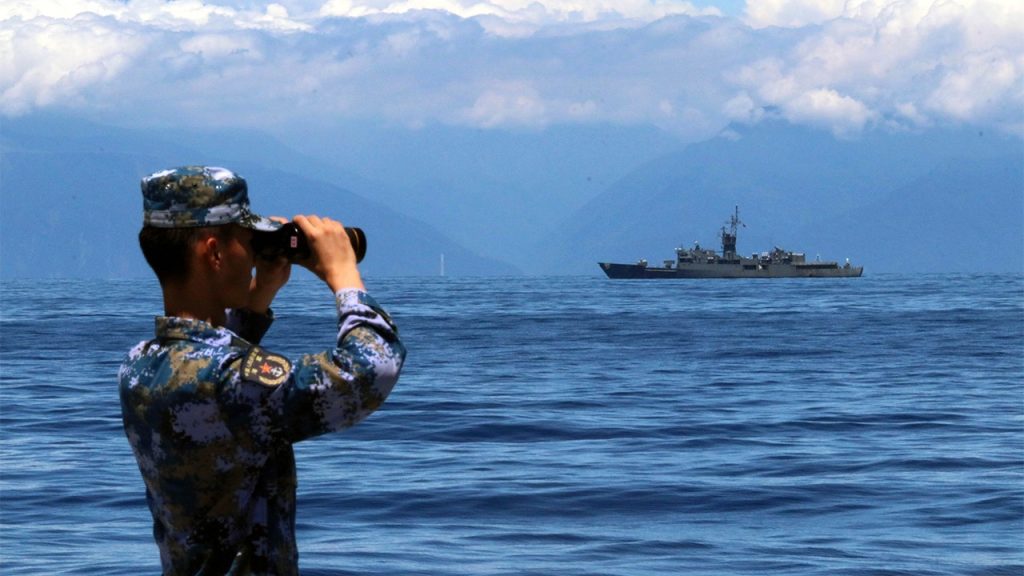This week, dozens of Chinese warplanes and naval ships were reported around the island of Taiwan, in the largest coordinated display of military force this year. Taiwan’s Ministry of National Defense detected at least 30 planes and nine ships in Taiwan’s air defense identification zone. The Republic of China Armed Forces closely monitored the situation and responded appropriately. The display of military force came following a phone call between Chinese President Xi Jinping and U.S. President Joe Biden, the first time the two leaders have spoken since July 2022.
President Biden and President Xi were expected to discuss a range of issues during their phone call, including Taiwan, narcotics, artificial intelligence, and China’s support for Russia against Ukraine. The White House described the conversation as a “check-in” between the two leaders. Biden has previously referred to Xi as a “dictator” after incidents involving Chinese spy craft and tensions around Taiwan. Despite Biden’s statements that the U.S. would intervene if China were to invade Taiwan, the White House has walked back on those statements.
The Ministry of National Defense in Taiwan reported that 20 of the aircraft detected breached Taiwan’s northern, middle line, and southwest ADIZ. The coordinated display of military force by the People’s Liberation Army around Taiwan raised concerns about a potential invasion or conflict. The situation highlights the ongoing tensions between Taiwan and China, as well as the broader geopolitical dynamics in the region. The U.S. has maintained a policy of supporting Taiwan against Chinese aggression, but the exact nature of this support remains uncertain.
The display of military force around Taiwan underscores the strategic importance of the region and the complex relationships between the U.S., China, and Taiwan. The phone call between Biden and Xi was seen as an opportunity to address key issues and potentially ease tensions. The White House has not provided detailed information about the call, but it is likely that Taiwan featured prominently in the discussion. The situation in Taiwan remains fluid, and both sides are closely monitoring developments to avoid escalation.
The relationship between the U.S. and China, as well as the status of Taiwan, will continue to be key areas of focus in the coming months. The ongoing tensions in the region require careful navigation by all parties involved to prevent any escalation that could lead to conflict. The display of military force by China around Taiwan is a reminder of the complex dynamics at play and the potential for instability in the region. It is essential for all parties to engage in dialogue and diplomacy to address their differences and maintain peace and stability in the region.


